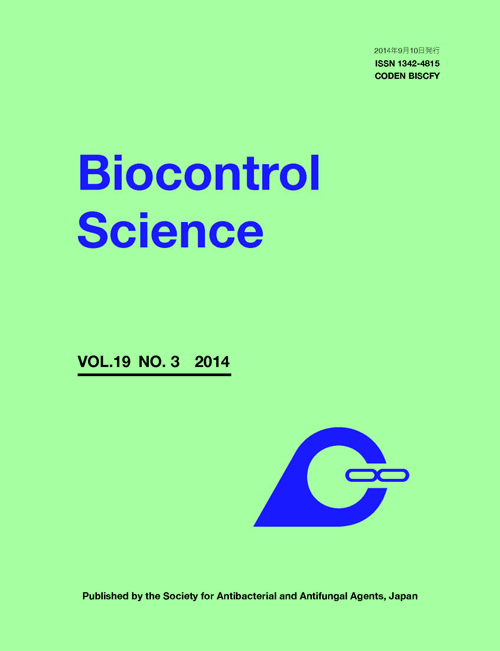Volume 19, Issue 3
Displaying 1-8 of 8 articles from this issue
- |<
- <
- 1
- >
- >|
Original
-
2014 Volume 19 Issue 3 Pages 103-111
Published: 2014
Released on J-STAGE: September 24, 2014
Download PDF (1346K) -
2014 Volume 19 Issue 3 Pages 113-119
Published: 2014
Released on J-STAGE: September 24, 2014
Download PDF (535K) -
2014 Volume 19 Issue 3 Pages 121-127
Published: 2014
Released on J-STAGE: September 24, 2014
Download PDF (1391K)
Note
-
2014 Volume 19 Issue 3 Pages 129-134
Published: 2014
Released on J-STAGE: September 24, 2014
Download PDF (588K) -
2014 Volume 19 Issue 3 Pages 135-138
Published: 2014
Released on J-STAGE: September 24, 2014
Download PDF (1077K) -
2014 Volume 19 Issue 3 Pages 139-145
Published: 2014
Released on J-STAGE: September 24, 2014
Download PDF (439K) -
2014 Volume 19 Issue 3 Pages 147-150
Published: 2014
Released on J-STAGE: September 24, 2014
Download PDF (1038K) -
2014 Volume 19 Issue 3 Pages 151-155
Published: 2014
Released on J-STAGE: September 24, 2014
Download PDF (1478K)
- |<
- <
- 1
- >
- >|
